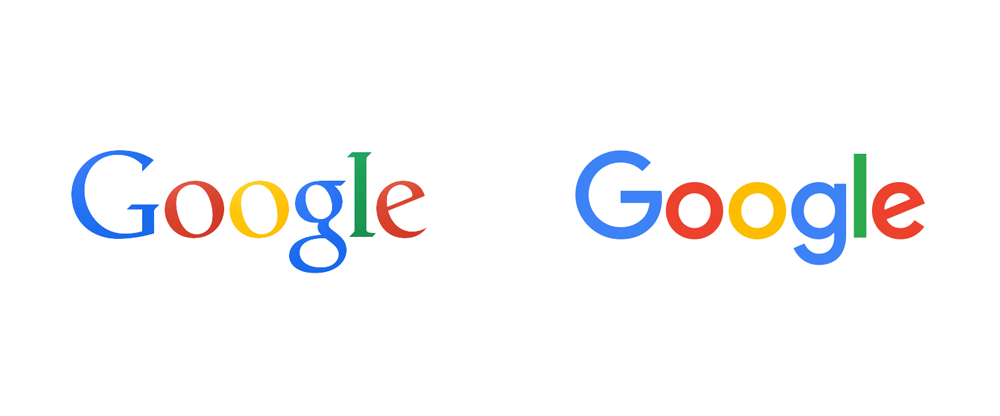Corporate Identity
Google's Logo Refresh: Is Improving Your Logo Key to a Strong Corporate Identity?

- Published: 03/09/2015
- (Revised: 02/02/2023)
- Reading time: 2 minutes
On September 1st, Google introduced its new logo and corporate identity.

Many of you may be wondering: “Why change your logo when your existing brand has such worldwide recognition?” Google explained its motivations in a detailed blog post but the reasoning can be summed up as follows: the Google of today isn’t anything like the Google of 2013, which was when the tech giant last changed their logo. Google’s new branding reflects recent changes in their offering and positioning strategy, as well as their vision for the future of the company. Is it time for your company to adjust its corporate logo too?
See whether it is time for a logo refresh by answering the following questions:

Was Your Logo Updated in the Last 18 Months or So?
If your logo looks old-fashioned, your clients will wonder whether your company and its offering are antiquated too. In order to avoid appearing irrelevant, your logo should follow design best practices that emphasize simplicity and clarity as well as responsiveness. Perhaps it is time to change your corporate branding?

Does Your Logo Reflect Your Evolution?
Your organization has introduced new features, products, and services all due to new strategies and trends in your target market, but what about your logo? As a key item of your corporate branding, your logo should reflect what you do and why you do it in the present, not the past.

Do You Feel That Your Target Market Trusts Your Branding?
Companies go through different phases in their life cycle with the goal of becoming mature and experienced leaders in their field. Sometimes they may enter into a crisis or build their reputation in an area that does not match their image. Changing your corporate branding can revive your target market’s perception of your company and demonstrate your “real image.”
If the answer to any of these questions is no, then it’s time to consider investing in fine-tuning and refreshing your corporate logo.
One recent example of a successful logo refresh is eXplorance. In the past year, eXplorance grew significantly with an expanding international clientele, a series of new products, and improved methodological processes. As part of their new corporate branding, eXplorance launched an energized version of their logo and explained in their press release the reasoning for that change. The new logo allowed eXplorance to strengthen its identity as an innovative market leader.


With the new logo, eXplorance was able to strengthen their identity as an innovative market leader.

What's Your MarketingReadyTM Ranking?
Are you in need of a logo refresh? Contact Direct Objective to collaborate and develop a logo that reflects your corporate identity.
Testimonials
“Ranking our Web site high on search engines results, designing a professional Web site look and developing engaging relevant content for a heavy technology company like us resulted in a dramatic increase in client leads that we receive from our Web site.”
Simon Robin CEO, Hardent














